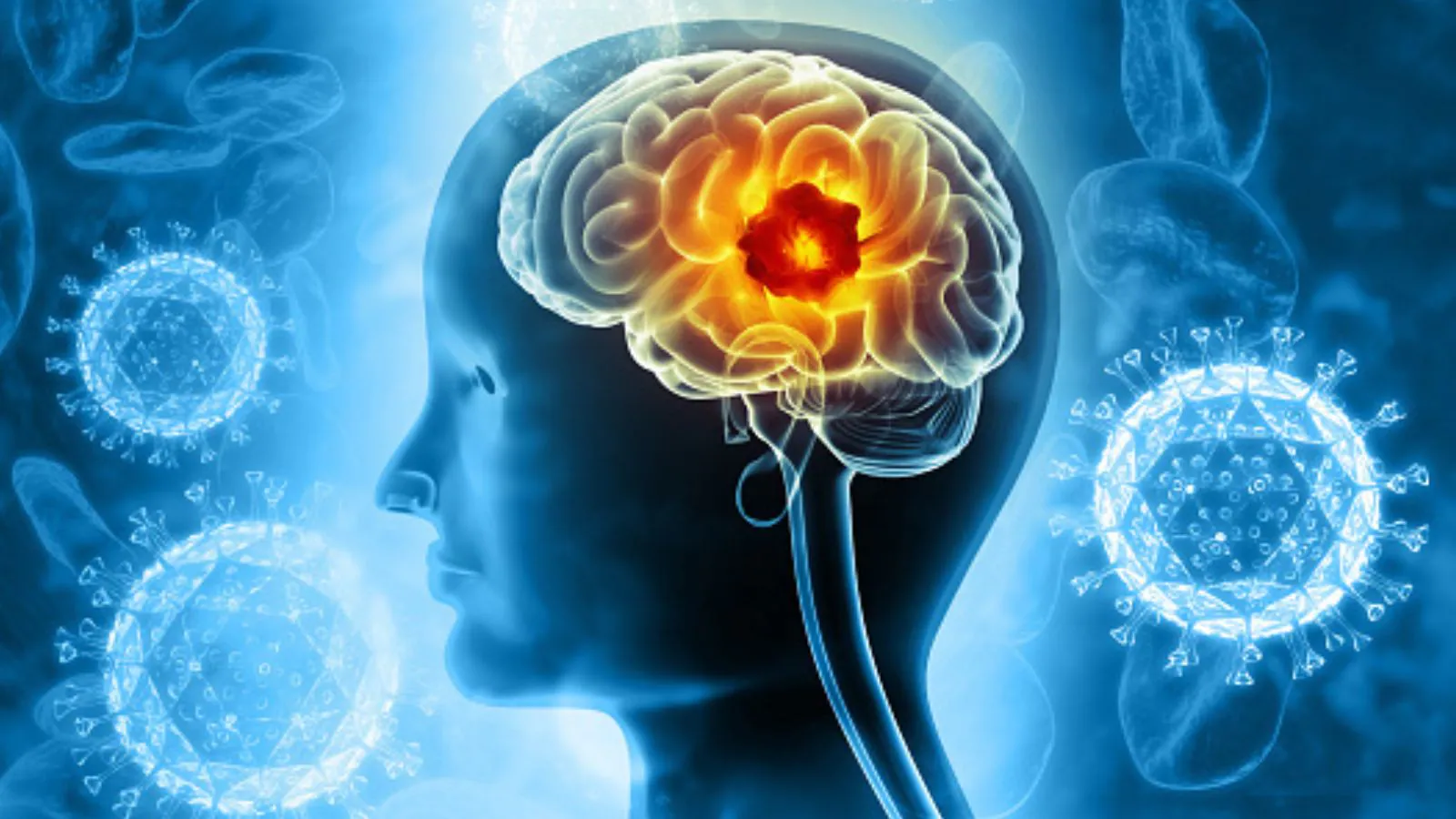Copyright news18

A full-blown stroke is a catastrophic event that occurs unexpectedly and changes lives forever. While preventable, stroke remains the third leading cause of death globally, with numbers rising due to factors such as population growth, aging, and an increase in chronic diseases like hypertension and diabetes. What many don’t realize is that the brain often gives crucial early warnings long before a major stroke occurs, these are known as micro-strokes, or Transient Ischemic Attacks (TIAs). Subtle yet critical, micro-strokes are warning signals from the body that should never be ignored. Dr Gaurav Goel, Senior Director, Neurointervention Surgery, Medanta, Gurgaon, shares all you need to know. What Is a Micro-Stroke? A stroke, or “brain attack,” occurs when blood flow to any part of the brain is interrupted or significantly reduced. Without enough oxygen and nutrients, brain cells begin to die, causing irreversible damage that can affect vital functions such as speech, movement, and memory. A micro-stroke, on the other hand, is a temporary blockage of blood flow to the brain, spinal cord, or retina. Unlike a full stroke, TIA symptoms typically resolve within minutes to 24 hours. Many people mistake these symptoms for something minor and fail to seek medical help, a potentially fatal mistake. Research shows that around 20% of people who experience a TIA will have a full stroke within three months, and nearly 50% of those strokes occur within the first 48 hours. This highlights the importance of seeking immediate medical attention, even if symptoms disappear, as prompt treatment can reduce the risk of a major stroke by up to 80%. Decoding the Warning Signs: Recognizing a TIA The symptoms of a Transient Ischemic Attack (TIA) are similar to those of a full-blown stroke, but they occur briefly and then resolve. Recognizing these signs early is crucial. The acronym BE FAST offers an easy way to remember what to look for: B – Balance: Are you losing balance or having trouble walking? E – Eyes: Do you have sudden vision problems in one or both eyes? F – Face: Is one side of the face drooping or numb? Is the smile uneven? A – Arms: Is one arm weak or numb? Does one arm drift downward when raised? S – Speech: Is the person slurring words, hard to understand, or unable to speak? T – Time: Time to call emergency services immediately even if the symptoms go away. Preventing a Full-Blown Stroke: Post-TIA Management If you or someone you know experiences these symptoms, treat it as a medical emergency. Do not wait to see if the symptoms resolve. Call an ambulance or go directly to the nearest hospital. At the hospital, doctors will conduct imaging tests such as an MRI, carotid ultrasound, or heart scans to identify the underlying cause such as high blood pressure, arterial narrowing, or blood clots. Once the cause is identified, doctors can create a personalized prevention plan that includes: Lifestyle changes: Adopting a heart-healthy diet, exercising regularly, quitting smoking, and managing stress. Medication: Your doctor may prescribe aspirin, blood pressure medication, or cholesterol-lowering drugs. Diabetes control: Keeping blood sugar levels in check is critical. Surgical options: If neck arteries are significantly narrowed, surgery or stenting may be required to restore blood flow. Acting on the Brain’s Warnings By understanding micro-strokes, staying alert to early signs, and responding quickly, we can prevent brain damage and drastically reduce the risk of a major stroke. Never ignore your brain’s early warning signals, they are vital clues to act on immediately. Timely action can make all the difference between recovery and permanent disability.



